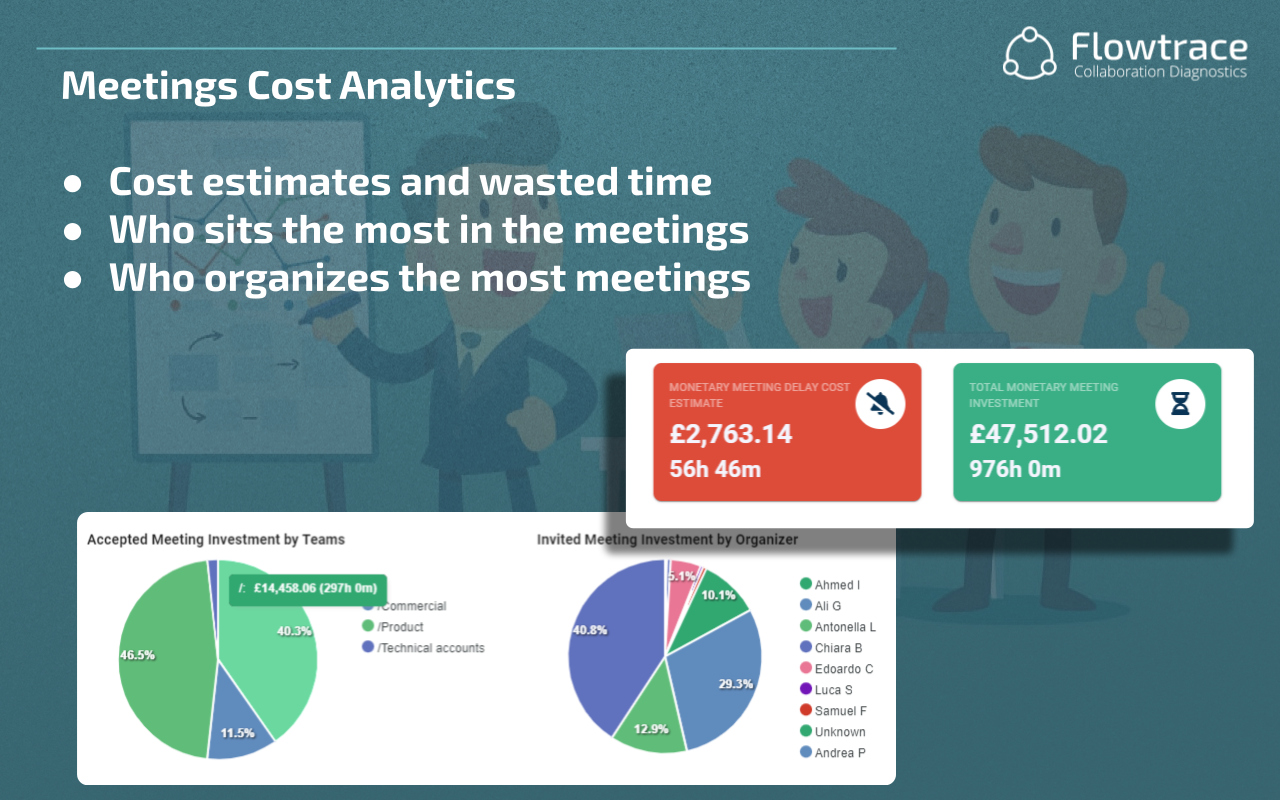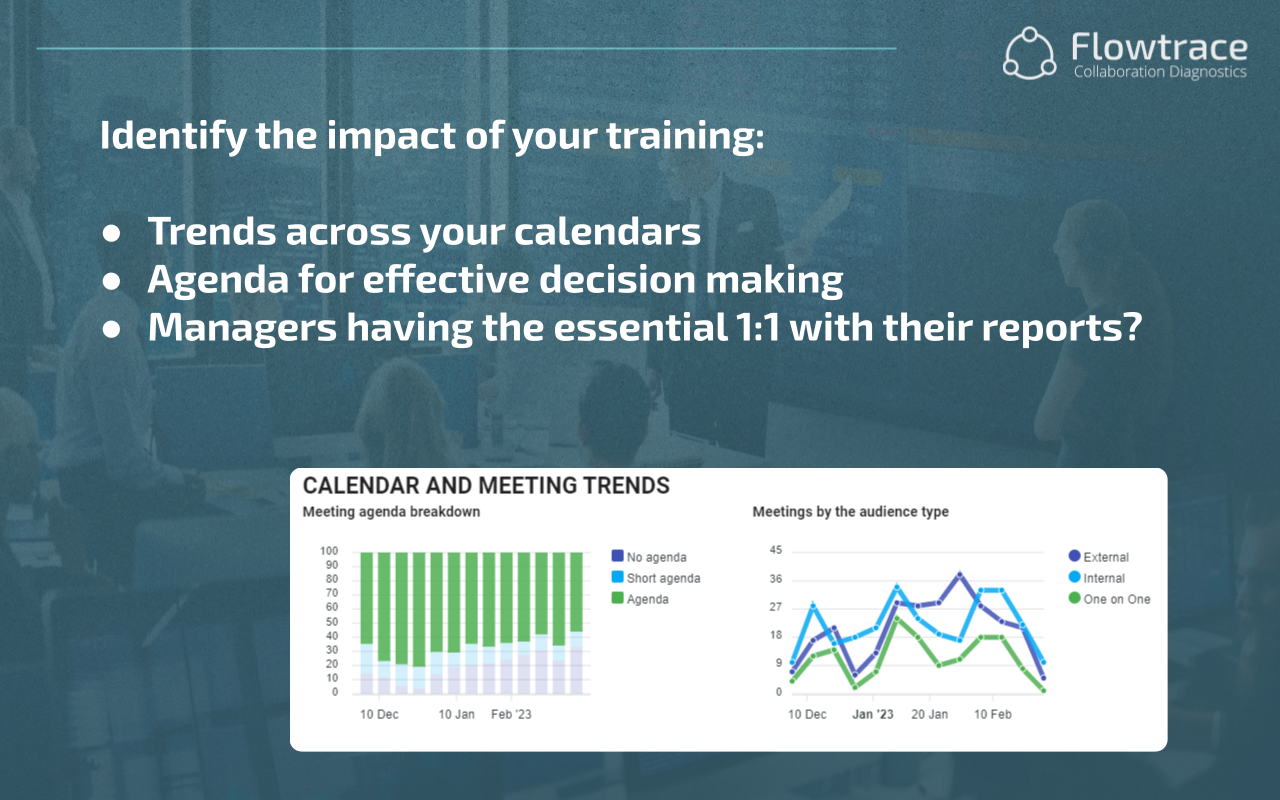How to Have Less Meetings: Strategies for a More Productive Workplace
Have less meetings and boost productivity in the workplace. Learn how to identify unnecessary meetings, implement alternatives, and maximize...
Discover the importance of meetings in business and how to maximize their efficiency. Learn how to optimize meetings for better decision-making and team alignment, leading to improved productivity and organizational success.
Meetings often have a bad reputation in the workplace. Seen by many as a drain on time and productivity, the average professional might spend upwards of 20% of their working hours in meetings, often questioning their effectiveness. This perspective isn't without merit, as it is all too common for meetings to feel directionless and inefficient.
Yet, this viewpoint only tells one side of the story. When structured and executed properly, meetings are indispensable for fostering team alignment and facilitating critical decision-making processes. They offer unique opportunities for real-time collaboration that emails and instant messaging can't match.
In recognizing both the challenges and the potential of meetings, businesses can change how these interactions are perceived and leveraged. By focusing on strategic planning and effective management, meetings can become productive arenas that drive organizational success and enhance team dynamics.
Meetings play an essential role in modern business operations. Far from being calendar placeholders, they are essential for decision-making, brainstorming, and problem-solving. They require the kind of dynamic interaction and immediate feedback that only real-time discussions can provide. While digital communication tools offer convenience, they rarely match the depth and immediacy of live conversations when it comes to complex decision-making or creative processes.
Critical business decisions often require a nuanced understanding of issues that can best be achieved through direct dialogue. Meetings allow for a comprehensive exchange of views, creating a better-informed decision-making process. This is particularly true in scenarios where decisions impact multiple departments or where strategic direction needs consensus or clarification.
Meetings can be hotbeds of innovation. The collaborative environment of a well-run meeting encourages the free flow of ideas, making it ideal for brainstorming sessions. Here, participants can build on each other's thoughts in real-time, a process that asynchronous communications like emails simply cannot replicate.
When challenges arise, bringing together the relevant stakeholders for a focused discussion often leads to more effective solutions. Meetings enable the rapid identification of issues and the collaborative development of solutions that are responsive to the nuances of the problem at hand.
A study by the Harvard Business Review highlights that 71% of senior managers view their organization’s meetings as unproductive and inefficient. This highlights the necessity of rethinking how meetings are conducted to harness their potential fully. By focusing on the essential roles that meetings should play in an organization, businesses can turn this sentiment around, making every meeting count towards collective goals and improved outcomes.
Meetings come with their own set of costs—both direct and indirect.

Understanding meeting costs can help organizations make more informed decisions about when and how to hold meetings:
To manage these meeting costs effectively, it is crucial to assess the necessity of each meeting. This involves considering whether the objectives of the meeting justify pulling employees away from their other duties. It's about quality over quantity; having fewer, more focused meetings can lead to better outcomes than numerous unfocused gatherings.
An overload of meetings can lead to diminished productivity and increased frustration among employees. To counter this, organizations need to be strategic about which meetings are scheduled and ensure that each one has a clear purpose and agenda. Encouraging a culture where it is acceptable to decline a meeting invitation when participation isn't essential can also help in managing this overload.
By carefully considering the direct and indirect costs of meetings and their necessity, organizations can improve time management within teams and avoid the common pitfall of meeting overload. This strategic approach not only conserves resources but also enhances the overall productivity and morale of the workforce.
Meetings, despite their frequent critique as time-consuming, play a key role in business. They are platforms for decision-making, team alignment, and communication that often cannot be as effectively replicated through emails or other forms of communication. Meetings enable real-time problem-solving, foster collaboration, and ensure that all team members are informed and aligned with the company's goals and strategies. This is particularly vital for complex projects where nuanced discussions and immediate feedback are necessary for timely and effective execution.
However, the necessity of meetings should always be balanced with a strategic approach to their frequency and structure. Businesses can significantly benefit from evaluating the purpose and expected outcome of each meeting, thus avoiding the common pitfall of meeting overload. Properly managed, meetings can be transformed from being seen as productivity hurdles to valuable instruments for fostering a cohesive and informed workplace environment.
Optimizing the efficiency of meetings is essential to maximizing productivity and minimizing wasted time. By focusing on strategies that streamline meeting processes and ensure relevance, organizations can significantly improve the outcome of their meetings.
Strategies for Enhancing Meeting Efficiency:

By implementing these strategies, organizations can ensure that their meetings are not only necessary but also productive and efficient. Each meeting then becomes a valuable opportunity to enhance collaboration, make informed decisions, and drive projects forward effectively.
Flowtrace meeting analytics can help to enhance the efficiency and effectiveness of meetings within organizations, helping companies understand and optimize their meeting culture, ensuring that each meeting contributes positively to organizational goals.
These analytics measure various aspects of meetings, such as frequency, duration, and cost calculations. This can empower leaders to analyze the data to identify patterns and trends that could indicate inefficiencies, such as overly frequent meetings or meetings that consistently run longer than necessary. By understanding these patterns, organizations can start to make informed decisions about which meetings are truly beneficial and which could be modified or eliminated.

One of the key strengths of Flowtrace is its ability to integrate seamlessly with existing organizational tools such as calendar applications, communication platforms, and project management software. This integration allows Flowtrace to gather comprehensive data across different tools used by teams, providing a holistic view of how meetings impact work processes and outcomes.
Flowtrace also suggests actionable insights. These insights can guide leaders in making targeted changes to improve meeting practices. For example, if the data shows that certain types of meetings have higher productivity outcomes, organizations can prioritize these kinds of meetings. Conversely, if meetings are identified as a common source of disruption or distraction, strategies can be implemented to reduce their frequency or adjust their format.
Creating a meeting-conscious culture within an organization involves more than just reducing the number of meetings—it means embedding thoughtful, strategic approaches to meetings that emphasize engagement, inclusion, and effectiveness. This cultural shift can yield significant long-term benefits, enhancing not only the quality of decisions but also the overall workplace environment.
Meetings, when well-conceived and effectively managed, have the potential to significantly drive business goals and foster team alignment. They are not merely administrative routines but are crucial for strategic planning, vibrant collaboration, and agile responsiveness in today's dynamic business environment.
With the right management practices and support from analytical tools like Flowtrace, meetings can transform into streamlined, productive sessions that are integral to business operations. By embracing a meeting-conscious culture, organizations can ensure that their meetings are not only efficient but also instrumental in achieving broader business outcomes. This strategic approach to meetings reinforces their role as essential components of a successful business strategy.
Have less meetings and boost productivity in the workplace. Learn how to identify unnecessary meetings, implement alternatives, and maximize...
Discover the power of efficient meetings and how measuring ROI can improve productivity, engagement, and decision-making. Learn how tools like...
Discover the impact of excessive meetings on productivity and learn how to optimize meeting frequency for success. Find out how to foster a culture...